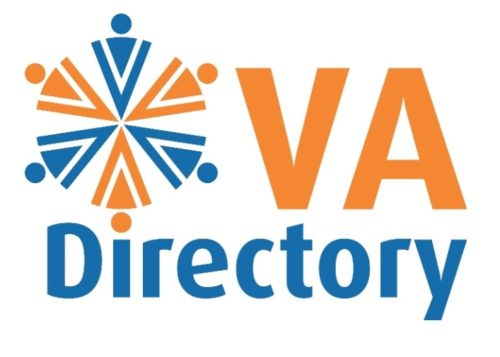A recent discussion at a LinkedIn forum I belong to highlighted the use of country codes when listing phone numbers in emails and on business websites. It was an interesting discussion and what was brought to light was the fact that many people in the US (at least on this forum of 8,000+ people) just hadn’t realised that people outside of their country would need a code to dial their number.
I found that an insight in itself. I am always having to call the US to participate in telesminars, or call someone back, or participate in a radio interview or something and I know their country code but for those new to having to do this, they wouldn’t know what that code is.
My website has always included my country code for phone and fax, as does my business card. After all I meet people from all around the world at different times and I know I have visitors from many countries to my website too. Why wouldn’t I want to make it easy for them to call me if they wanted to?
A few weeks ago I received a phone call in the early hours from an overseas caller. They left a message on my voice mail but unfortunately their accent made it difficult to understand the number they were giving or the country they were calling from, and they did not leave their country code either, so I was unable to call them back. The caller probably thinks I was rude and disinterested. They haven’t followed up. An email from them would have been good.
That morning I decided to make a couple of changes at my end. My voice mail message now includes my timezone of GMT+10 so that callers from outside of my country might realise why I’m not in my office at that time.
I’ve added a date and timestamp to my website so that visitors can see what time it is right now where I am.
I’ve added Melbourne and Victoria in full for those who need to have a good idea of where I am. Listing my own suburb, and an abbreviated form of my state won’t help those who aren’t in the know.
So, here is my check list for Virtual Assistant businesses who wish to attract international clients. If you are operating internationally it’s reasonable to expect you might receive a phone call from overseas now and then.
- On phone and fax numbers include your country code.
- Include your state in full with postcode/zipcode.
- If running an event that requires attendees to dial in or login at a particular time, don’t just put a timezone abbreviation such as EST but include your nearest major city and state. If possible add a link to a meeting planner to assist visitors in working out the time differences.
- Consider adding a timestamp as I have done.
Put yourself in your visitor’s shoes and think about just how much ‘local’ knowledge they might have if they live outside your country. And then adjust your website or web page to accommodate them. Don’t leave them guessing and moving onto the next VA’s website.

Levi says
I totally agree with you, Kathie. So many people are unaware who might be looking at their information. It’s clear from my website stats that there are a number of people visiting my site from countries I would never have thought about.
I have always written my address in full, including the state. I have also always written my telephone number in full preceded by “ISD:” on all my communications, including my business card – you never know where they might end up!
I thought about putting a clock of some sort on my website when I re-did it a couple of months ago; thanks for the motivation to go and do it!